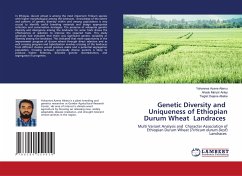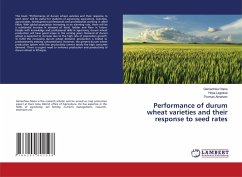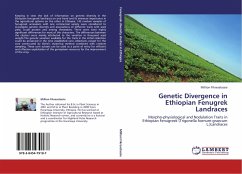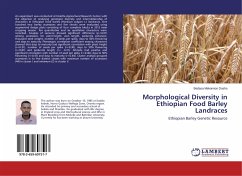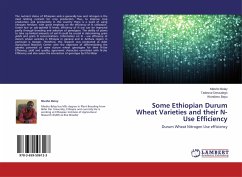In Ethiopia, durum wheat is among the most important Triticum species with higher morphological among the landraces. Knowledge of the extent and pattern of genetic diversity within and among populations is very crucial to identify useful breeding materials and design appropriate collection and conservation strategies. The presence of adequate genetic diversity and divergence among the landraces for some traits shows the effectiveness of selection to improve the required traits. This study generally had indicated that there was significant genetic variability or diversity among the landraces. This indicated that more opportunity in the improvement program of durum wheat through direct selection and as well crossing program and hybridization involves crossing of the landraces from different clusters would produce viable and a potential segregation population. Crossing between genetically diverse parents is likely to produce higher heterosis, desirable genetic recombination, and segregation in progenies.

